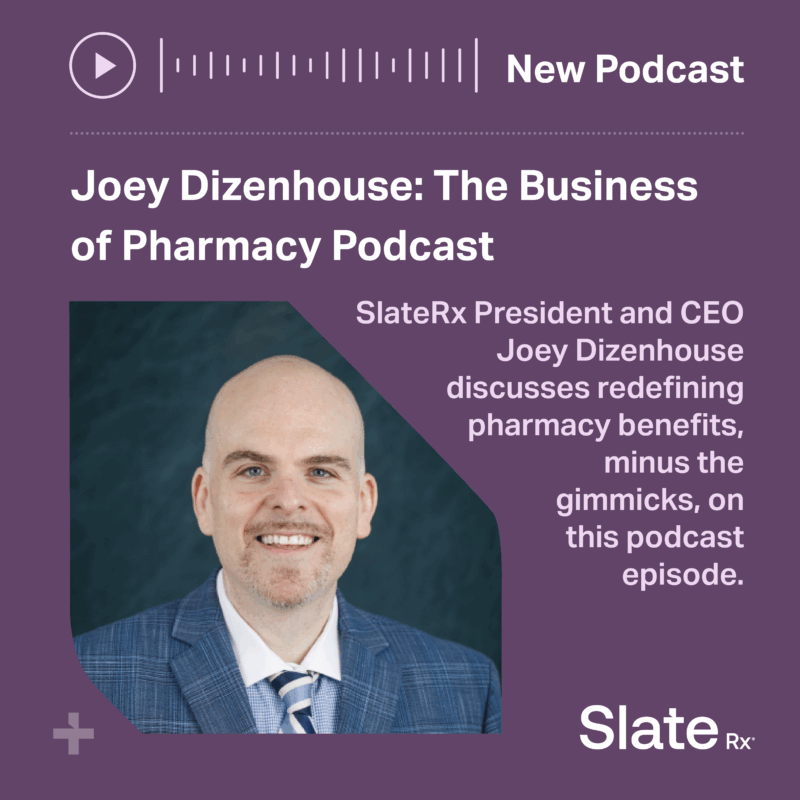
Something must change about the way pharmacy benefits are managed. It’s simply just not working anymore, and here’s why.
There’s a change happening in the pharmacy benefits industry. Over the past several years, payers have begun to question why drug costs continue to escalate, while profits throughout the pharmacy supply chain also grow. There are more and more lawsuits for unethical and simply bad behavior by plans, pharmacies, and PBMs. Something must be done about the way pharmacy benefits are managed. It’s simply just not working anymore, and here’s why.
Pharmacy is the fastest growing benefit segment, again.
Drug spend is out of control. And, when you consider drugs filled through the medical benefit as well, you’re spending $1 in pharmacy for every $3 of healthcare spend. It’s a scary thought, but truly possible that if prescription drug costs continue to escalate, drug spend could become the most expensive part of the healthcare benefit.
The drug pipeline is full, with many expensive drugs to treat increasingly complex conditions. While a scientific marvel, it can also be prohibitively expensive. Not too long ago, it was impossible for one patient to spend $100,000 in a year and now, single treatments can be $1-2 million or more! One patient could bankrupt your plan.
Pharmacy benefits are often confusing for patients.
Pharmacy benefits are the most utilized healthcare benefit yet the most poorly understood. Patients may feel like they’re being bounced around like ping pong balls between PBM, provider, case reviewer, care manager, pharmacy, manufacturer, and others. Patients rarely know what a PBM is let alone which one administers their benefits. They have to consider deductibles, copays, max out of pocket amounts, generics, specialty drugs, mail order, network pharmacies, prior authorizations, quantity limits…the list goes on and on.
It gets even more confusing when the patient says “Hey, my drug is cheaper by just paying cash with Mark Cuban or GoodRx than it is using my insurance… what gives?” The plan sponsor is left defending their pharmacy benefits, rather than having satisfied members.
It has becoming increasingly more difficult to balance ROI.
Managing a pharmacy plan isn’t easy, and things just seem to be getting tougher. Plan sponsors have to make difficult choices and weigh outcomes versus spend. For example, GLP-1s (e.g., Ozempic®) can help people lose weight but does the cost of covering them for weight loss make sense? What if you decide to cover just the people who meet certain medical criterial for the drug to keep your costs under control. That sounds reasonable but the manufacturer or PBM may penalize you for doing so.
Misalignment of incentives abound.
You trust a third party (your PBM or PBA) with your money, and they’re spending it for you, but do they spend it appropriately? Are they incentivized to spend in your best interest? How do they make money and where is that money coming from? Who else makes money along that supply chain?
Consider coupons and alternative funding. If someone else will pay for some of the drug should you consider it? First, what are the risks and complexities of doing that, and secondly, does it actually save you money when you look at the net cost? Believe it or not, there are many drugs where if you use a manufacturer assistance program, you end up spending more through “shared savings” than if the member had just filled the medication’s generic version.
You can see these types of challenges at every turn and that’s the biggest crux of the problem. It’s because of these misaligned incentives that you may not be getting what you want from your PBM.
True transparency and alignment are the future.
You are relying on an entity that makes money in places you don’t know about and from sources you don’t know about. This demands change. Payers are realizing that players in this industry can’t continue to game the system and are now looking for partners with a truly transparent model that are looking out for their best interests. There is change happening and it’s good.



